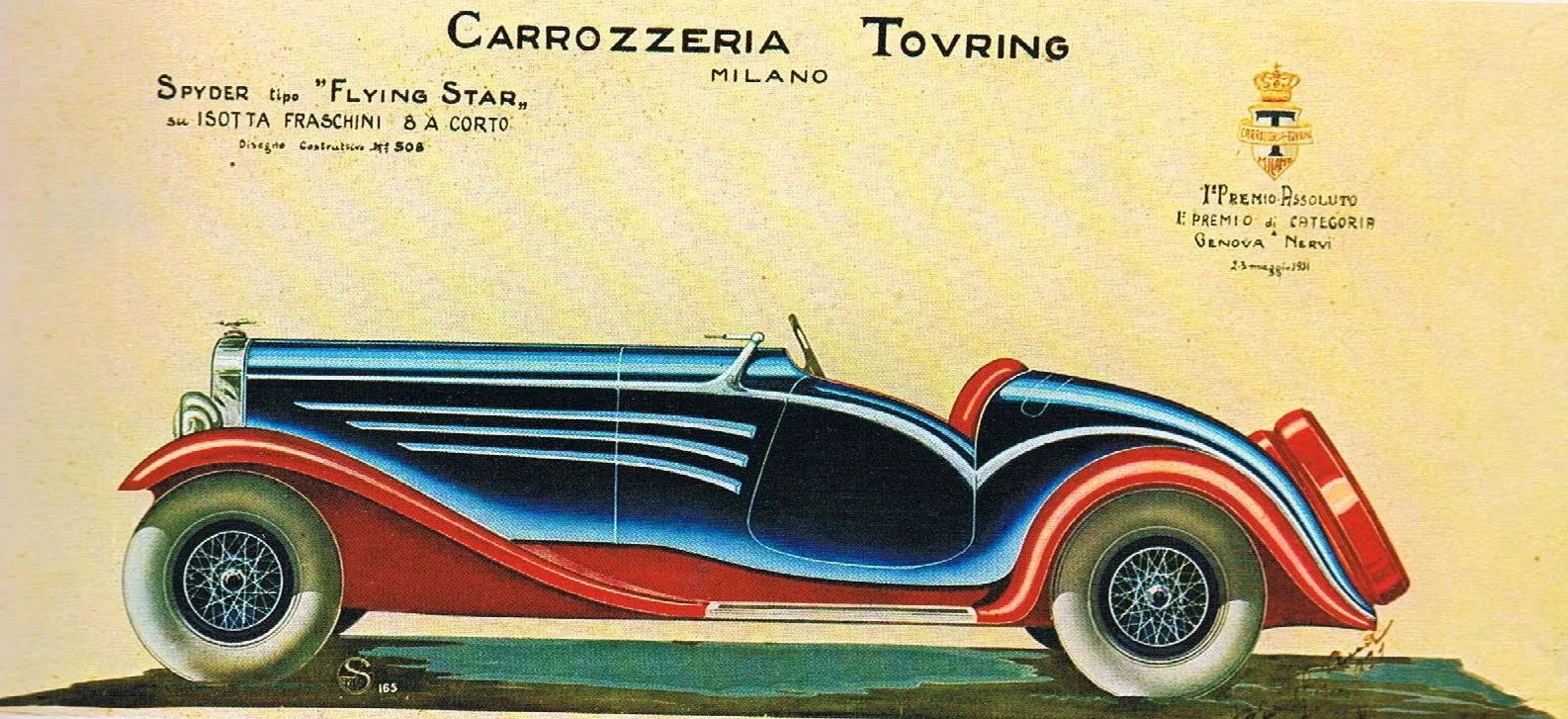The myth of Italian coachbuilders: Carrozzeria Touring
27 April 2024 3 min read 4 images

Photo credit: Ferrari, Touring Superleggera, Wheelsage
Roarington's discovery journey of Italy's most important coachbuilders arrives today at Carrozzeria Touring, which revolutionized the automotive world with a new way of manufacturing that was destined to set the standard. In 1926, the two Milanese lawyers Gaetano Ponzoni and Felice Bianchi Anderloni, brother-in-law of Cesare Isotta and Vincenzo Fraschini, acquired Carrozzeria Falco from Vittorio Ascari, brother of driver Antonio. Touring began its operations in the immediate suburbs north of Milan, a location not coincidentally located near the headquarters of Alfa Romeo, Citröen Italia and Isotta Fraschini. It was precisely the cars of these brands that would be the first to be “dressed” by the Milanese coachbuilder.
Register to unlock this article
Signing up is free and gives you access to hundreds of articles and additional benefits. See what’s included in your free membership. See what's included in your free membership.
Already have an account? Log In


